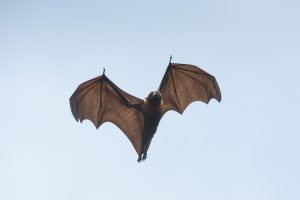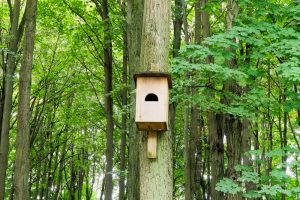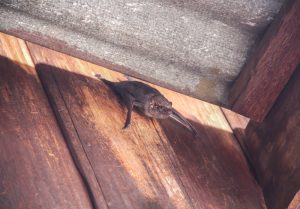 Countless bats have been relocating into inconvenient locations because they have less natural space to occupy. Sometimes, these critters end up nesting in your home or yard, and they may be suffering from illness. Although this might sound alarming to homeowners and renters, it’s necessary to take measures to have them safely removed. Here are some symptoms of illness that are easy to identify in bats and steps you can take to have them safely removed.
Countless bats have been relocating into inconvenient locations because they have less natural space to occupy. Sometimes, these critters end up nesting in your home or yard, and they may be suffering from illness. Although this might sound alarming to homeowners and renters, it’s necessary to take measures to have them safely removed. Here are some symptoms of illness that are easy to identify in bats and steps you can take to have them safely removed.
6 Common Sick Bat Symptoms
There are a lot of ways to tell when someone is feeling under the weather and the same goes for critters like bats. However, instead of coughing and sneezing, bats show other symptoms that can signal sickness. Some signs to look out for include:
-
Aggressive behavior
-
Visible wounds or blood on the bat
-
Erratic or unusual flight patterns
-
Foam around the mouth
-
Inability or trouble with flying
-
Loss of fear in humans
Dangers of a Sick Bat
Despite what you may think about bats, not all of them carry rabies. However, if you stumble upon one that you think maybe showing signs of sickness, it’s incredibly important to have them removed because of the heightened risks. Healthy bats will normally try to avoid humans, but sick bats can become erratic and more prone to bite or scratch anyone nearby.
What to Do If You Find a Sick Bat
Like most wildlife situations, you should never approach or handle a bat because of the risk of disease transmission or infection. Although it’s important to be aware of the symptoms that a sick bat may demonstrate, you should never try to get closer to examine a bat. If you come in contact with a bat exhibiting symptoms of sickness from a distance, you should leave the area and notify a Critter Control® of Orlando wildlife removal expert immediately.
Critter Control® Solutions
If you encounter a sick bat, you can count on the professionals at Critter Control® of Orlando to safely remove the animal. We understand the environmental importance of bats and will take every step necessary to ensure safe handling.




 When
When 

